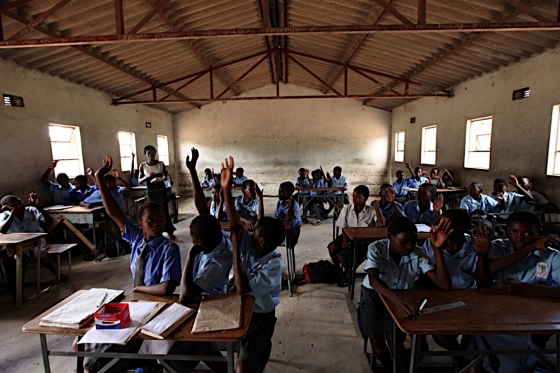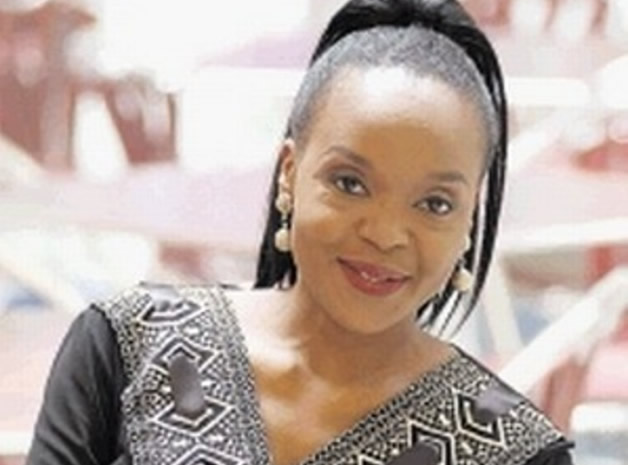School: 1 million pupils priced out

Zvamaida Murwira Senior Reporter—
Nearly a million pupils risk dropping out of school this year owing to financial constraints after the Government and donors cut funding for the Basic Education Assistance Module (Beam), an official in the Ministry of Public Service, Labour and Social Services has said. Last year, the programme was funded to the tune of US$73 million through Government, Unicef and the Department for International Development.
Government intended to fund 750 000 primary and 250 000 secondary school pupils this year.
But with just US$15 million allocated to Beam, it can only support the education of 83 000 secondary school pupils at a cost of US$180 per child (US$60 each per term at Government institutions).
This means 167 000 targeted secondary school pupils and all 750 000 targeted primary school pupils will miss out unless funding is secured.
Unicef and DfID provided the bulk of Beam funding in previous years.
However, Unicef withdrew two years ago and DfID said the funding arrangement ended in 2013.
Director of Social Services in the Ministry of Public Service, Labour and Social Services, Mr Sydney Mhishi, made the revelations in his oral submissions to the Parliamentary Portfolio Committee on Public Service and Labour, chaired by Gutu East MP Cde Berita Chikwama (Zanu-PF) in Harare yesterday.
“Government had up to last year made an arrangement with other stakeholders. We used to have a basket funding where (European Union) countries pool resources and give it to Unicef which would interface with our schools. That fell off two years ago.
“Their argument was that primary education must be free and compulsory.”
Mr Mhishi said DfID had a funding programme that ran until 2013, leaving 2014 with no taker.
“The current circumstance is that there will be no free primary education. We still think they (DfID) might come again. They have not responded and schools open today (yesterday). If they don’t come, it means Government will have to look for the money,” he said.
He was responding to a question from Mufakose MP Ms Paurina Mpariwa (MDC-T) on relations with development partners who used to fund Beam.
“The 2012 Beam evaluation revealed that ideally the programme should reach one million children. Thus for 2014 the programme intended to target one million children broken down as follows: 750 000 primary school children and 250 000 secondary school,” said Mr Mhishi.
The target of 250 000 secondary school children would cost US$45 million at a total cost of US$60 per child per term.
“Allocated budget by Treasury of US$15 million will only assist 83 000 against the targeted of 250 000 vulnerable children. The implication is that 167 000 children would not be able to access Government assistance for secondary education,” he said.
For primary school, the target was 750 000 children at a total cost of US$8 per child per term amounting to US$28 million, he said.
“US$15 million is expected from donors, however no commitment has been formally communicated to the ministry. If donors are to come on board, 625 000 children will be assisted and the other 125 000 will still be in need of funding,” he said.
Legislators expressed concern with the low funding of education saying it was a violation of the Constitution which provided for free education.
Mazowe North Member of the National Assembly, Cde Edgar Chidavaenzi (Zanu-PF) said the committee should consider calling Finance Minister Patrick Chinamasa before it to explore how the problem could be fixed.










Comments